For over a hundred years, Argentina has been considered one of the most prolific agriculture producers in the world. It currently ranks number 3 in terms of canary seed production and number 10 in wheat. Its fields are famous for their size, and farms in the Pampa Region can easily be tallied in the hundreds of thousands of acres.
Argentina's grain farming was a key part of the country's economic expansion between 1860 and 1910. In the 1930s, Argentina was one of the world's leading grain exporters, with record crops of wheat, corn, and linseed. However, the decline of grain farming in the 1940s is often attributed to political forces outside of the farmer’s control.
Today, Argentina’s farming sector is thriving again and with that comes the application of precision agriculture, widespread use of GPS-supported ground equipment, and drones.
To better understand how uncrewed aviation is helping the farming community in Argentina reach its potential, we spoke with Santiago Macauliffe, founder and CEO of Vuelagro in the province of Cordoba.
“My family on my mother’s side has always been involved in agro business, especially owning and renting farming equipment and introducing new technology,” Santiago said. “My father, on the other side, was a helicopter pilot and was also involved in agricultural spraying, so naturally I took a bit from either side and founded the company in 2019, when I saw my first agricultural drone.”
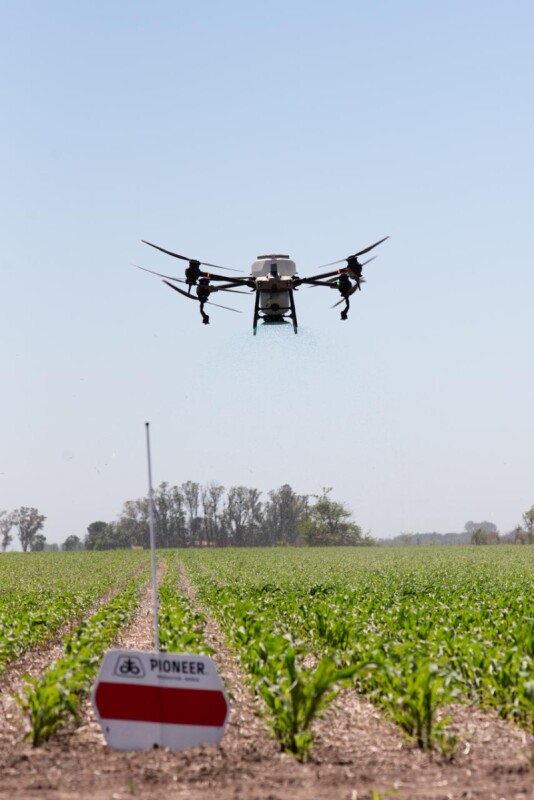 Santiago’s introduction to uncrewed aviation started with his interest in producing maps using a basic DJI Phantom IV with a traditional photogrammetry camera and some cartography software, but immediately realized the potential to combine the two areas—mapping and agriculture. Eventually he teamed up with his brother to create a company dedicated to using drone-based imagery technology to improve efficiency in the field.
Santiago’s introduction to uncrewed aviation started with his interest in producing maps using a basic DJI Phantom IV with a traditional photogrammetry camera and some cartography software, but immediately realized the potential to combine the two areas—mapping and agriculture. Eventually he teamed up with his brother to create a company dedicated to using drone-based imagery technology to improve efficiency in the field.
“My brother and I immediately realized the potential that using multispectral and RGB sensors would have in the application of pesticides and weed killers,” Santiago said with enthusiasm. “By mapping the field first, we could easily determine what specific areas needed the application of the product and which areas were free of problems, and it worked! By only spraying those areas affected we saved the farmer an average of 80% to 90% percent of water and chemical and those savings easily paid for the service.”
The word spread like wildfire amongst the farmers in the area, and soon Santiago and his brother found themselves buying bigger and bigger equipment and hiring agro-technicians to help grow the company.
“We moved from the DJI Phantom IV to the DJI Mavic III Enterprise on the mapping side, expanding our photogrammetric capabilities and adding sensors that would represent new lines of businesses and added services,” Santiago said. “On the agricultural side, we expanded our fleet to include DJI T-40 and T-50 to increase acreage per flight and reach new farmers with bigger fields. Currently, we can spray an average of 250 to 370 acres per day and map about 3,700 acres to determine the specific areas to be treated.”
In the short years that Vuelagro has been in business, they have flown over a quarter of a million acres of farmland, and the plan is to continue growing in parallel with the development of the industry.
“I don’t believe that drones will replace traditional aviation entirely, at least not in the short and medium term,” Santiago said. “I believe the two technologies are complementary and will coexist for decades to come. In the meantime, the chemical companies are not very happy with the huge savings and are reluctant to officially include uncrewed aviation in their product labels but at least are including loose guidelines for the use of their product with drones.”
Vuelagro is in the process of creating a smartphone app that would allow farmers to keep track of the savings in terms of water and chemicals, and at the same time quantify the carbon footprint of their fields and the overall impact that their farming operations are having on the environment.
Kudos to Santiago and the Vuelagro team for a job well done and for a bright future in front of them.


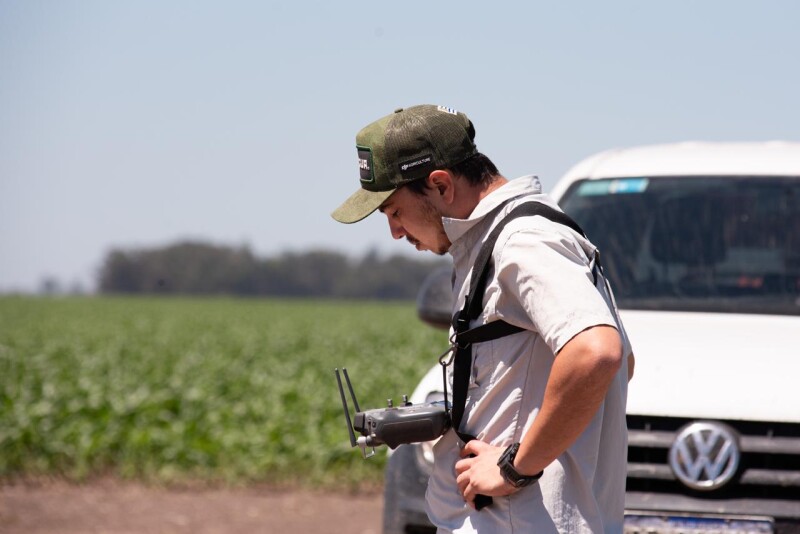

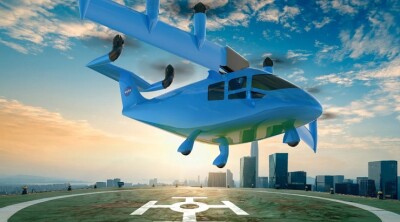

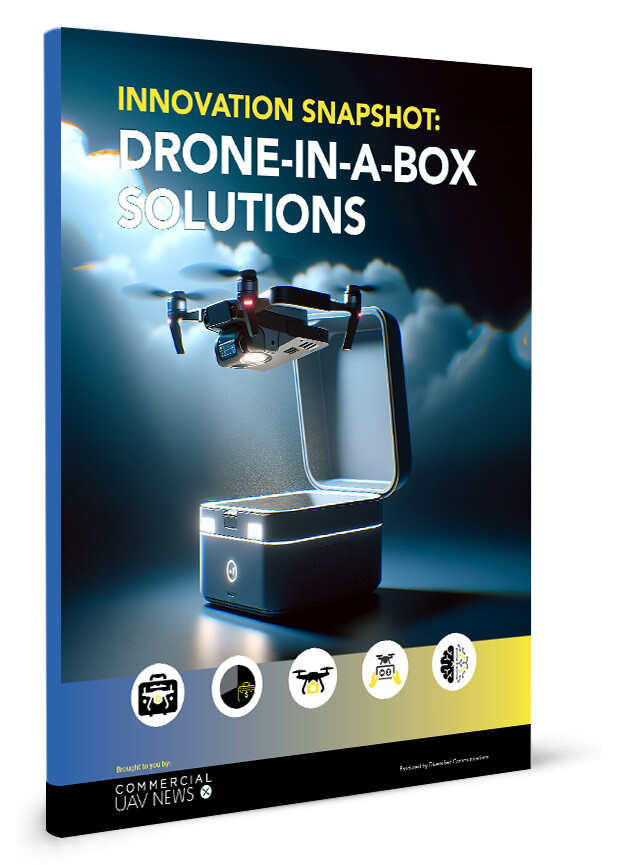


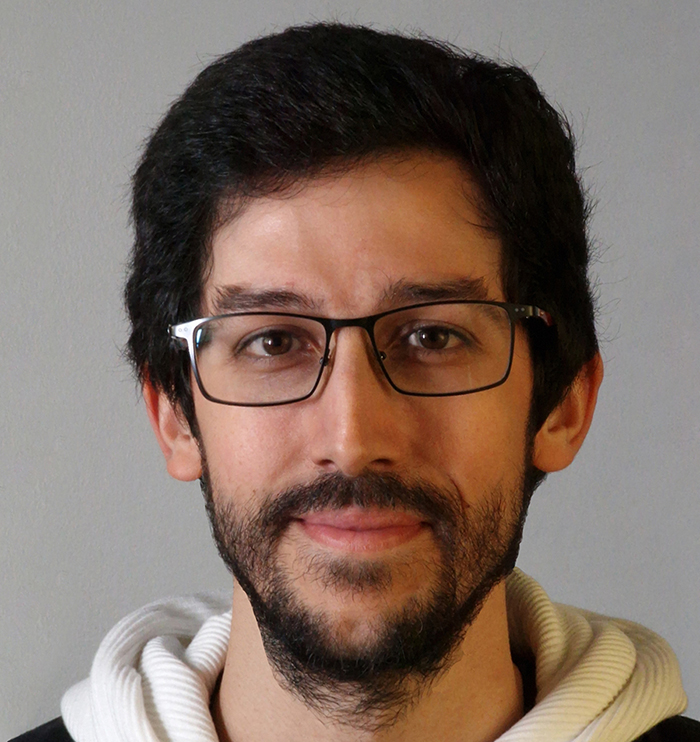





Comments